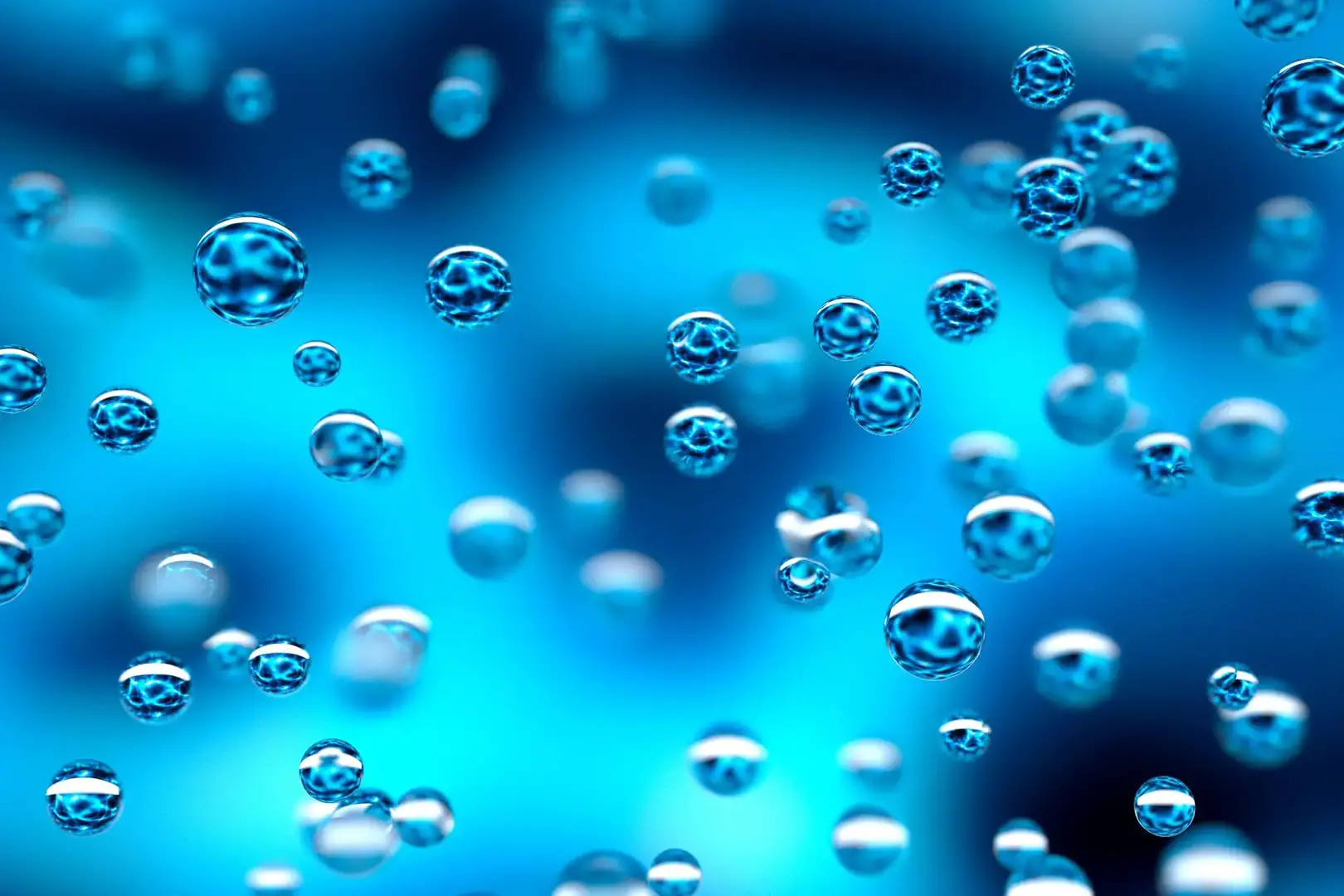Hydrogen is often touted as the energy solution of the future, especially when produced using environmentally responsible methods. Besides its energy potential, hydrogen also plays an important role in the production of active ingredients and various essential compounds. To obtain hydrogen, water (H2O) can be converted into hydrogen gas (H2) using a series of chemical reactions.
But because water molecules are so stable, splitting them into hydrogen and oxygen is a big challenge for chemists. For this to be successful, the water must first be activated with the aid of a catalyst; then it will start the reaction more easily.
A group of researchers led by Professor Armido Studer of the Institute of Organic Chemistry at the University of Münster (Germany) has developed a photocatalytic process in which water is activated via triarylphosphines instead of transition metal complexes under mild reaction conditions. most of the other processes.
A hydrogen atom (H) from water (H2O) turns into a phosphine-water radical cation under the influence of light energy (LED). This important radical intermediate can also transfer a hydrogen atom (white) to the substrate. The blue regions show the electron spin distribution. Credit: Christian Mueck-Lichtenfeld
According to the team, this strategy, recently published in the journal Nature, will open new doors to a very active field of research in radical chemistry. Radicals are generally highly reactive intermediates. As active water, the team uses a special intermediate, the phosphine-water radical cation, from which hydrogen atoms in H2O can be easily separated and transferred to the next substrate.
The reaction is carried out with the help of light energy. Says Armido Studer: “Our system provides an ideal platform for investigating unexplored chemical processes in which the hydrogen atom is used as a reagent in synthesis.”
Analyzing activated water complexes using theoretical methods, Dr. Christian Mueck-Lichtenfeld says: “The hydrogen-oxygen bond in this intermediate is extremely weak, allowing the hydrogen atom to be transferred to various compounds.” Conducting the experimental study, Dr. Jingjing Zhang adds: “Hydrogen atoms in activated water can be transferred to alkenes and arenes under very mild conditions called hydrogenation reactions.”
Hydrogenation reactions are of great importance in pharmaceutical research, agrochemical industry and materials science. Source
Source: Port Altele
